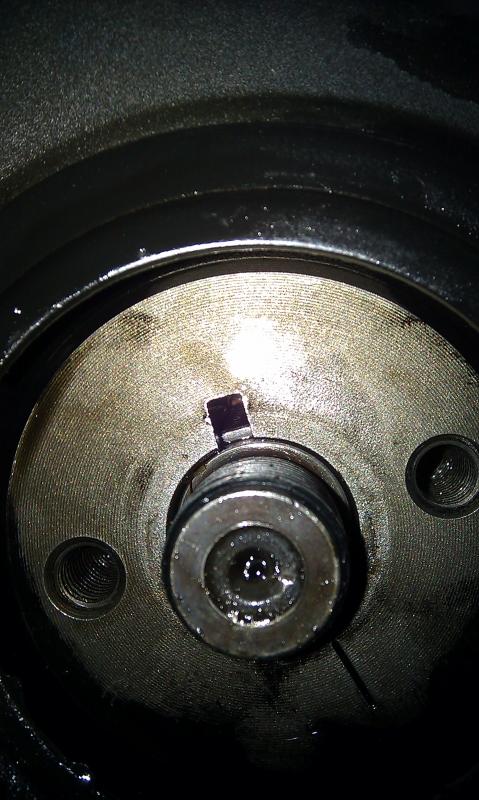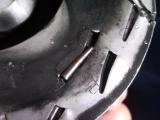#timing
-
VP44 Offset Key

- 14 comments
- 7,271 views
-
P0216 after Tappet cover gasket replacement
- 3 comments
- 1,569 views
-
VP-44 Keyway Picture

- 2 comments
- 5,377 views
-
A lesson on Cetane/Timing

- 21 comments
- 4,777 views
-
Cold weather and timing
- 25 comments
- 6,244 views





